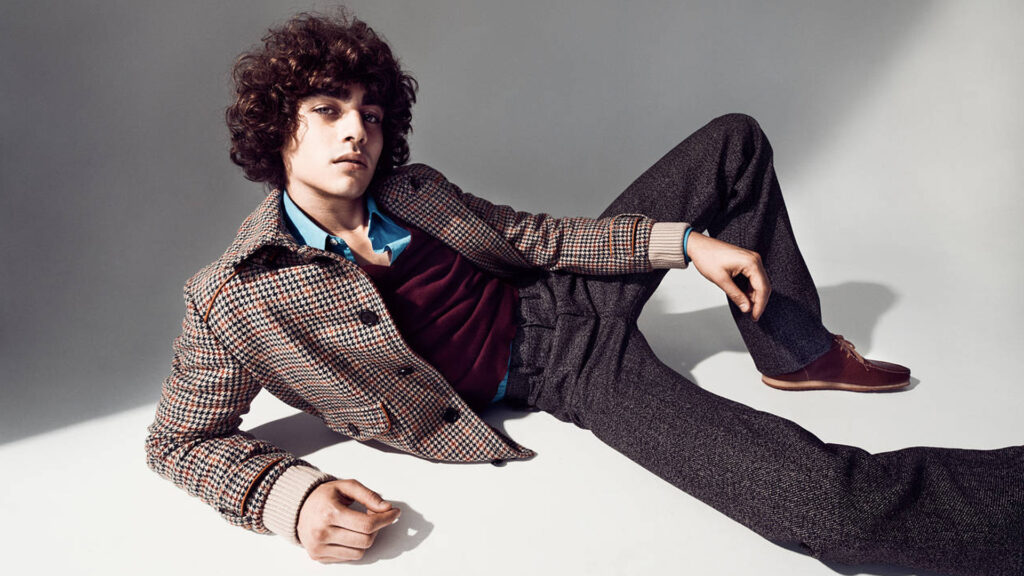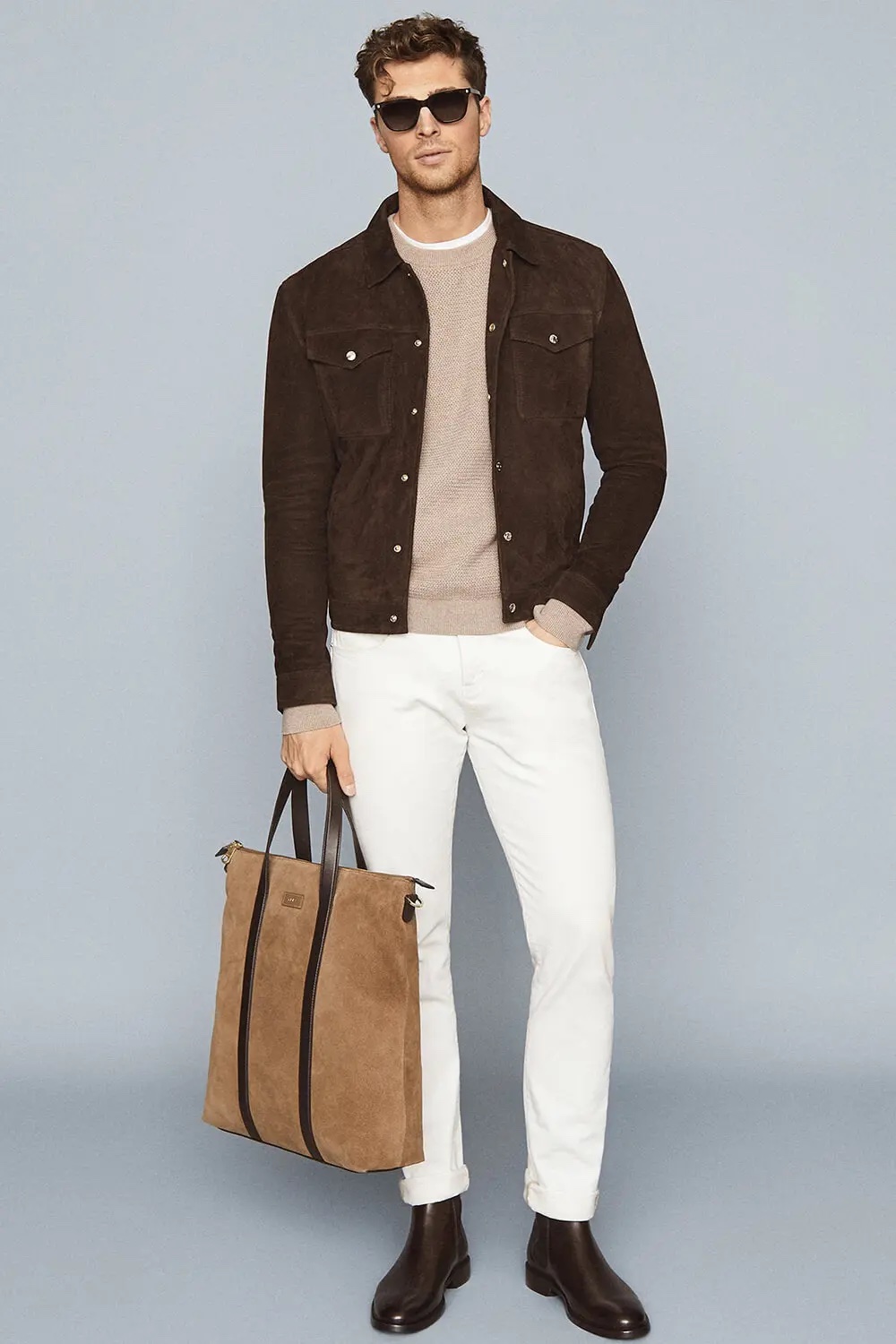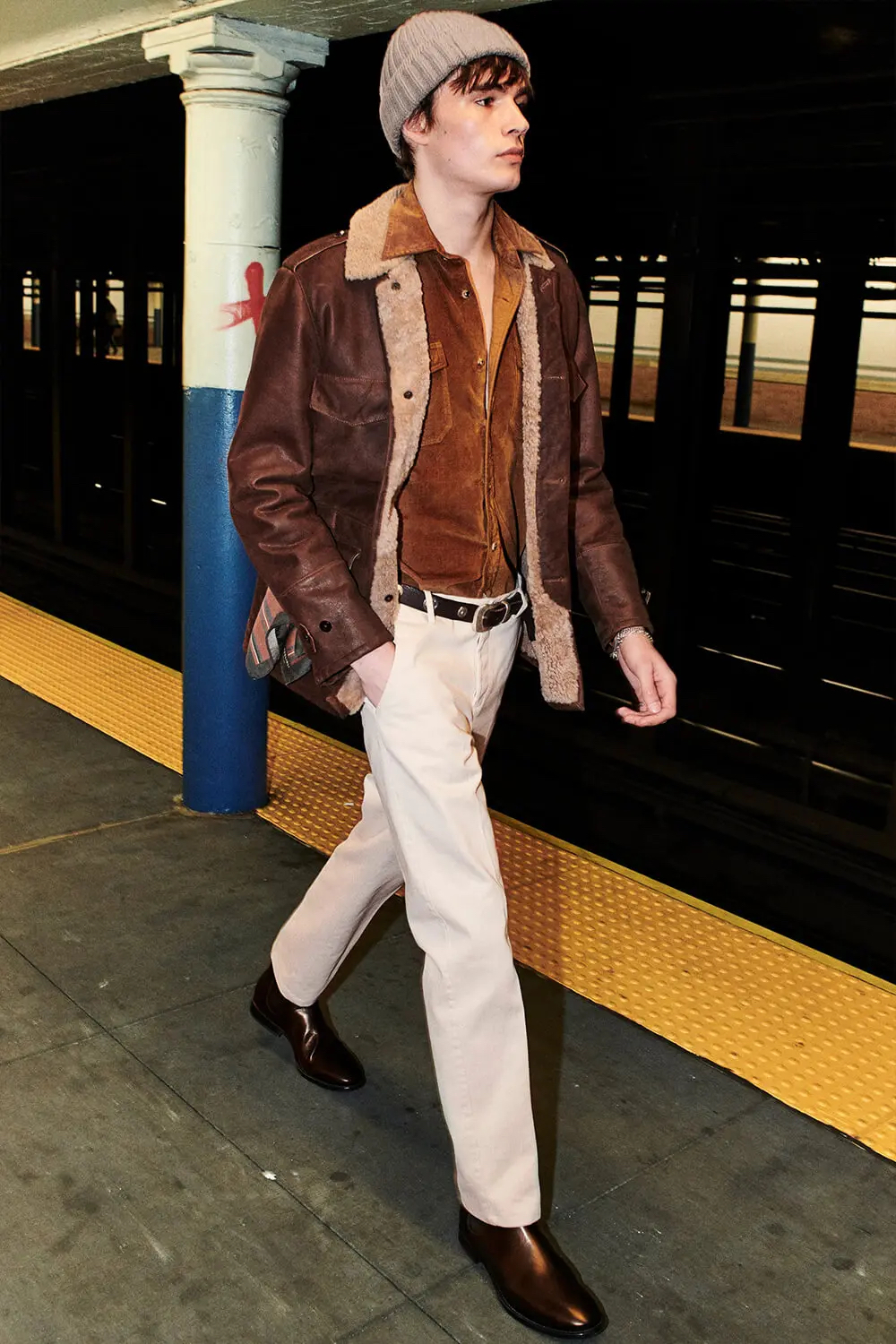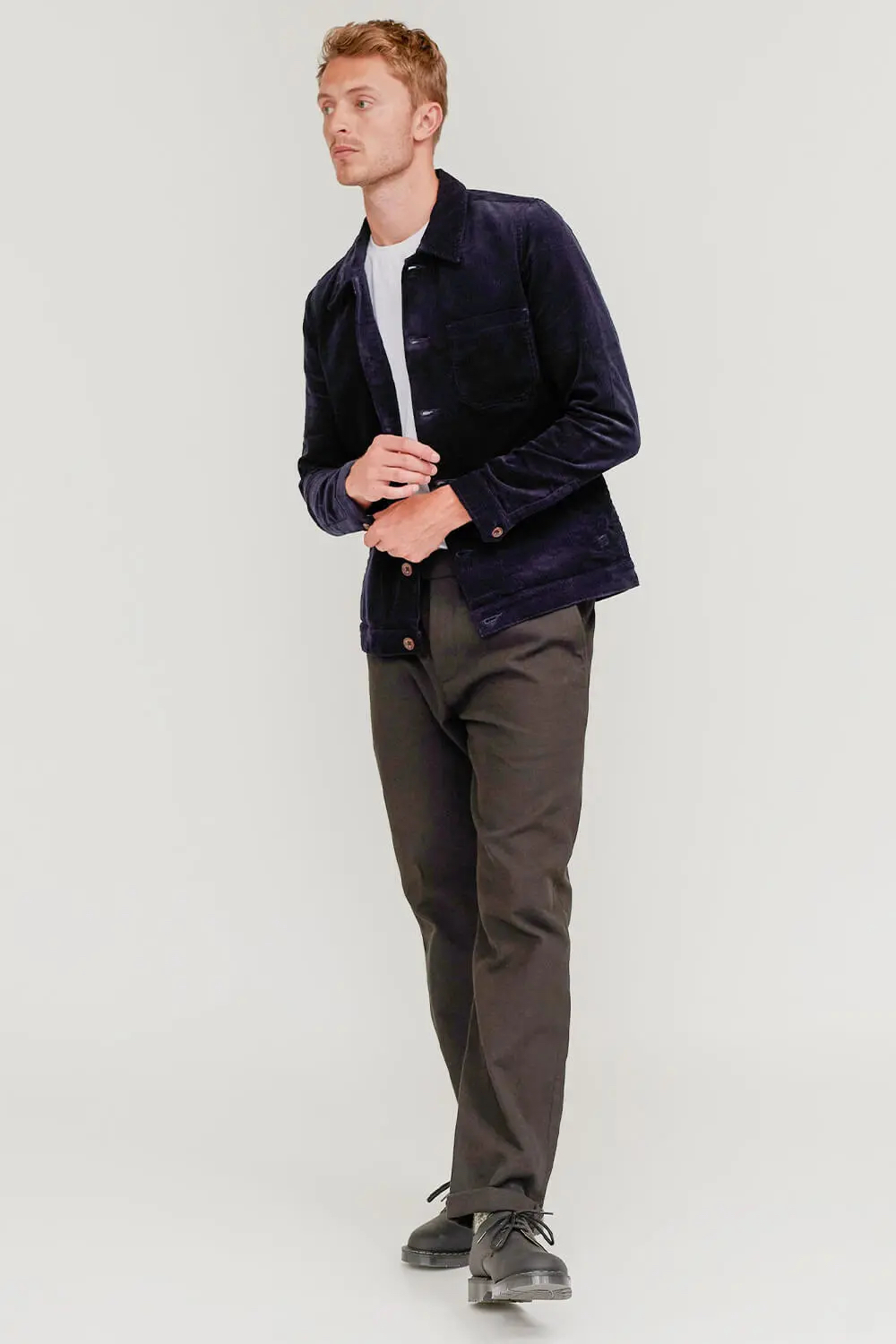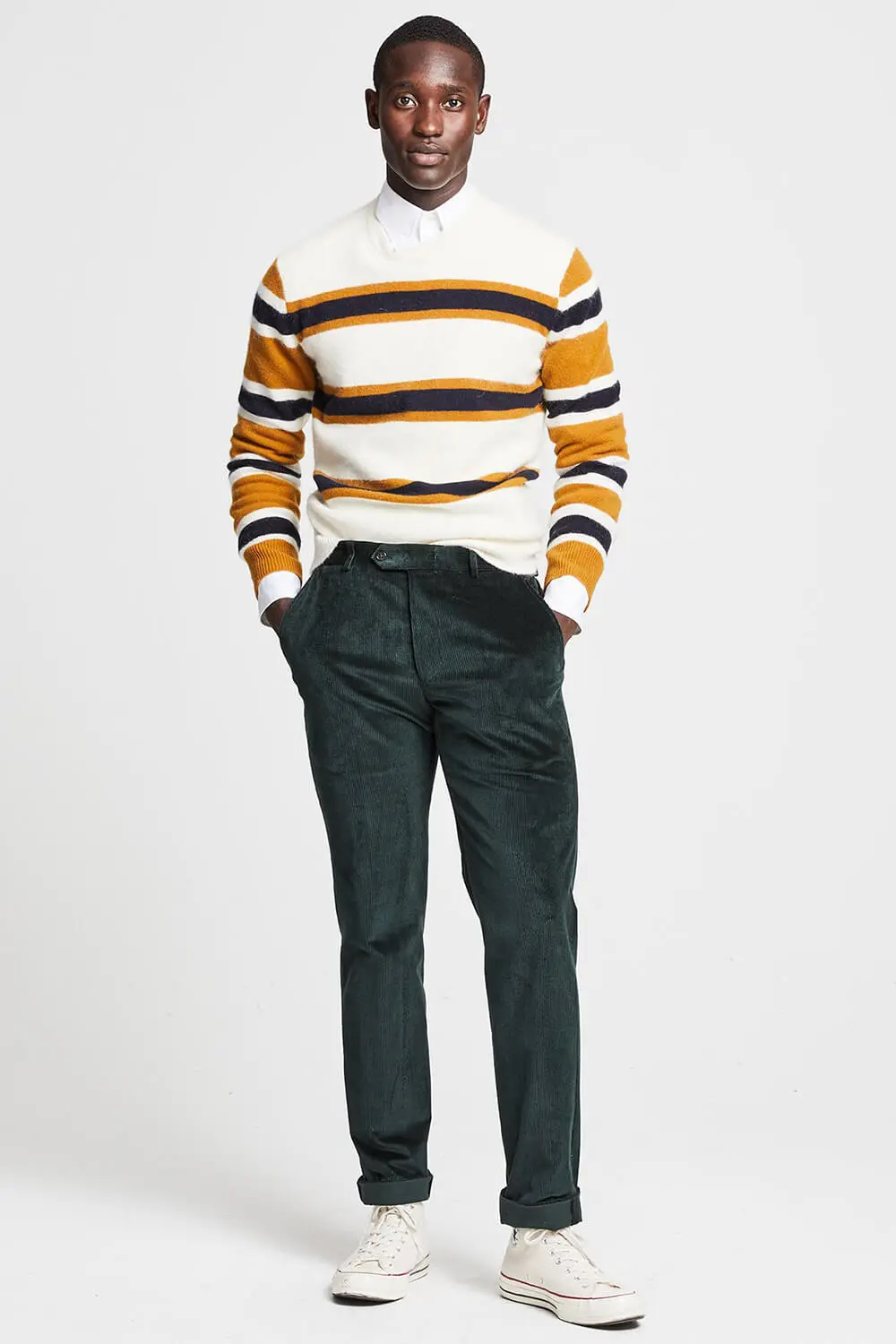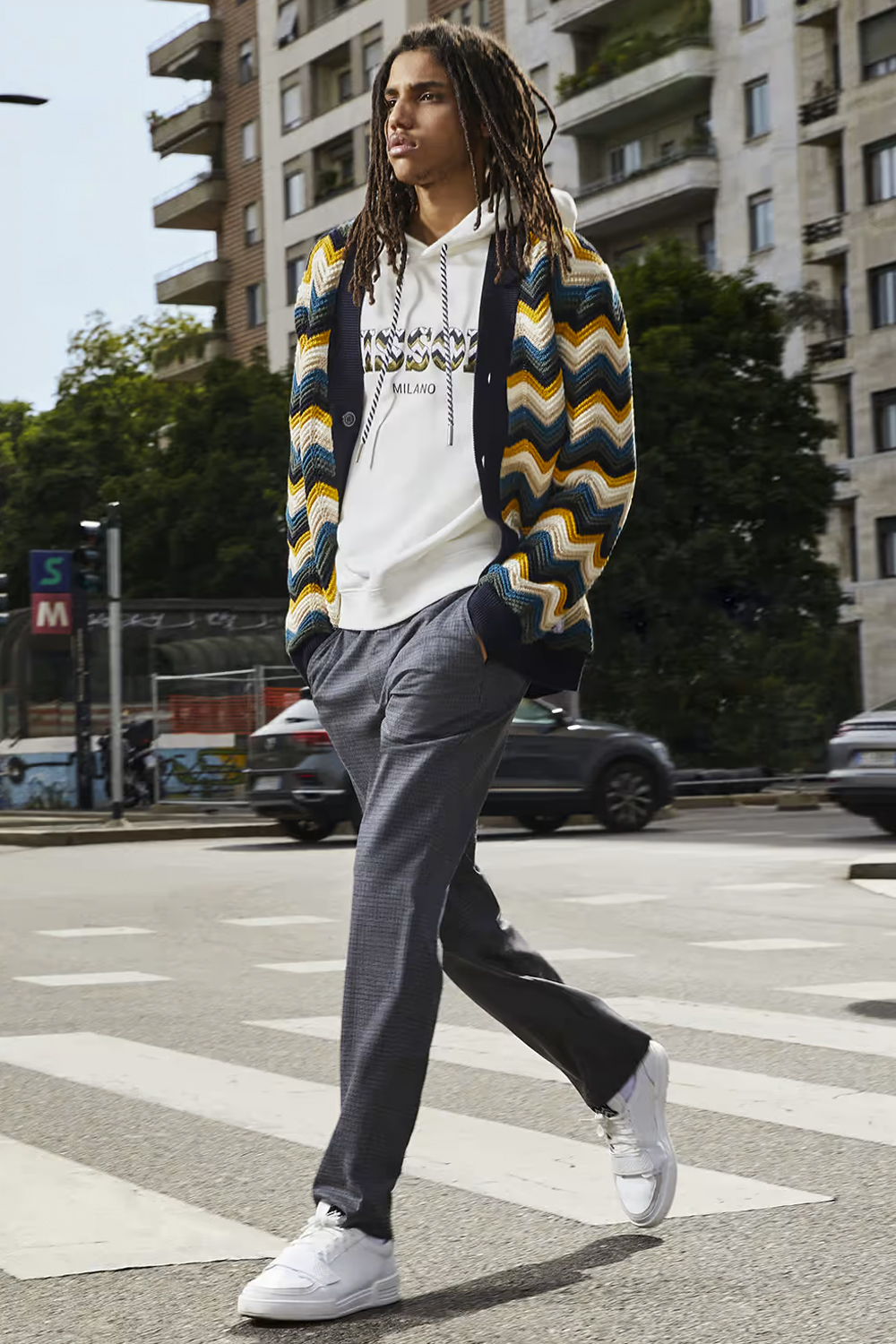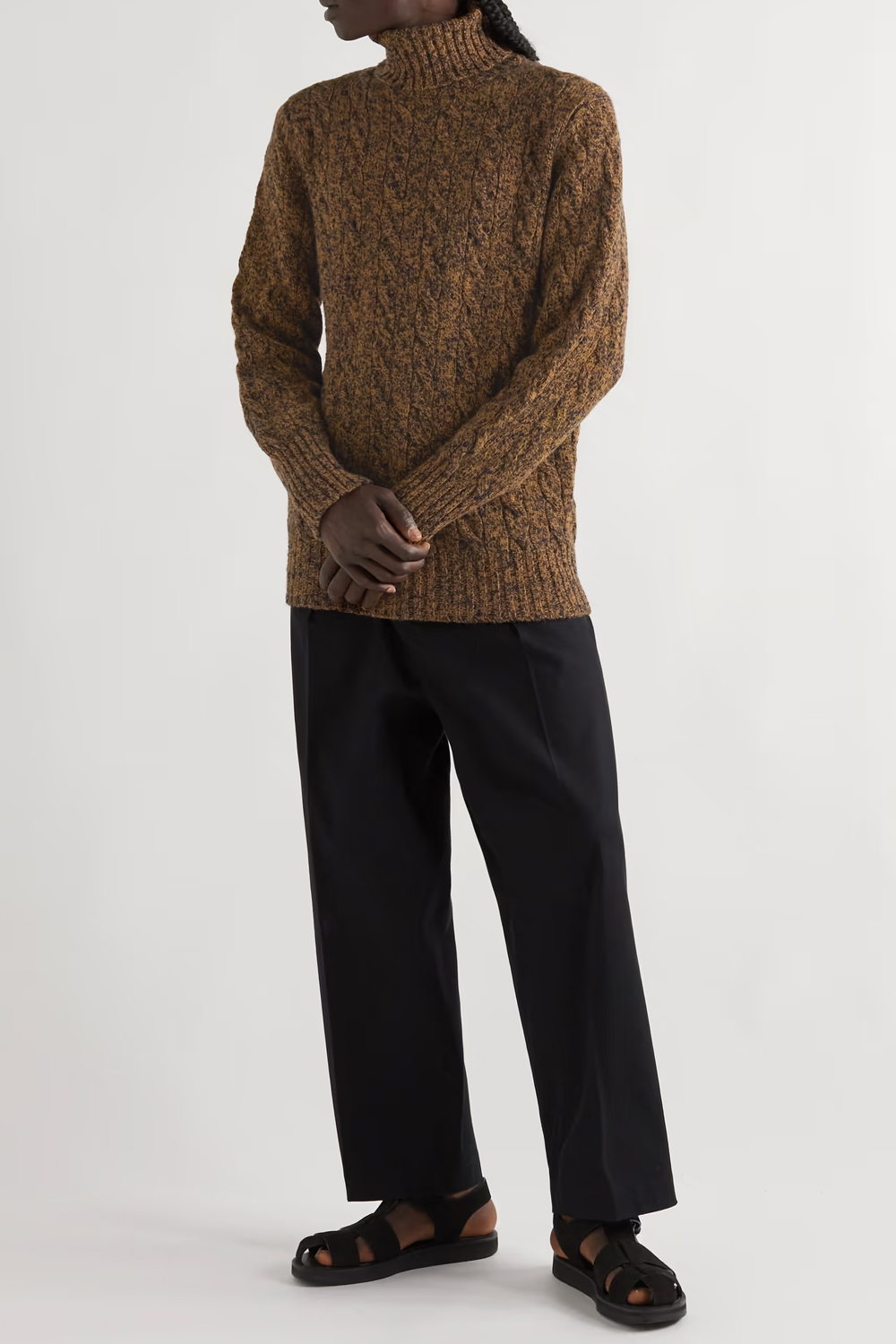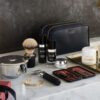The 70s might just be the most stylish decade for menswear, and I don’t say that lightly. On the face of it, it was all quite extravagant and over the top, with loud colours, opulent fabrics and brash patterns. But boil it down to the key trends and beyond the fancy dress cliches, you’ll find the 70s was responsible for many of today’s most-loved wardrobe essentials.
Corduroy, roll necks, suede jackets and light wash denim were all children of the 70s, worn by everyone from Robert Redford and Harrison Ford to Marvin Gaye and Mick Jagger. Admittedly, there’s a lot going on, but if you pick and choose the best bits and update them with a 21st century eye for detail, a slice of 70s fashion will make your wardrobe tactile, distinctive and memorable.
Suede
Like many items that were popular in the 70s, suede jackets are not especially practical. In fact, they’re incredibly impractical, given that water damage can completely ruin them. You’re limited to wearing them only in spring and summer then, but they’re often too heavy and aren’t particularly breathable, making them uncomfortable and difficult to wear for prolonged periods.
However, when the stars align and the weather is just right, there is no cooler jacket than one cut from suede. Just ask McQueen and Redford who were keen proponents in the 70s. The suede jacket is an outerwear all star and one we find ourselves returning to time and again.
They come is many different styles today, but for a keep slice of 70s action, turn to a suede bomber jacket in tan. The ideal finishing touch to a denim and white tee look, this is a style that will only get better with age as it takes on a patina all its own. Just make sure you hide when it inevitably rains.
The fabric of gods, suede became a full-on obsession for many in the 70s, with everyone from Bob Dylan to John Lennon sporting it. It certainly wasn’t for its practicalities suede and water don’t mix well but even today, suede still gives off a classy, ineffable rock ‘n’ roll attitude.
A tobacco-coloured suede jacket is an entry-level take and can be thrown over pretty much anything. For an expert throwback, wear a suede biker jacket with mid-rinse jeans and Chelsea boots.
– Reiis –
– Boglioli –
Corduroy
One of the biggest 70s trends and arguably the most wearable is corduroy. Like many 70s styles, its rise comes from a rejection of the relatively flat, pedestrian fabrics used in the 60s. Corduroy was bold and packed bags of visual texture in the form of its raised wales that run vertically down the fabric. It also took colour especially well, giving bright yellows, browns and greens an added vibrancy that wasn’t lost on the hippy generation who valued the fabric for its counter-cultural connotations.
That said, corduroy was “and is” a fabric capable of going smart and casual, academic and extra-curricular. It’s incredibly durable and able to withstand the rigours of daily use and, because it’s thicker and less fluid than worsted wool, wasn’t traditionally used on tailoring. That changed in the 70s, when corduroy blazers and trousers became a ‘thing’.
The fabric is exceptionally easy to wear today, from chore jackets to cargo pants, shirts to full suits. It’s better suited to the cooler fall and winter months due to its medium to heavy weight, but it can be worn year round. A simple navy cord work jacket is a piece we find ourselves returning to season after season; neither too smart nor too casual, the fabric combines especially well with denim, textured knits and patterns including houndstooth and micro-checks.
– Percival –
– Todd Synder –
Bold Knitwear
Like everything else in the 70s, knitwear was big, bold, tactile and often found in nice shades of brown and orange. There were curtain-style patterns, sweater vests and shagpile cardigans. Why we’re looking back with fondness is anyone’s guess, but that’s what’s happening.
In the 2020s we’re still riding a wave of maximalism that 70s-style knitwear gels with nicely. Psychedelic-surfer patterns on chunky cardigans from the likes of Marni or Missoni. Big looks, but great if you can make them work.
To be fair, the 70s also gave us more wearable knits, like button-though polos or textured V-necks. To make them work today, leave the flares and gigantic-collared shirts in the time capsule and team them instead with simple tees and straight-leg trousers. That way you’ll avoid looking like an early children’s TV presenter.
– Missoni –
– Wax London –
Roll Necks
Commonly worn in the 70s, either with tailoring or with casualwear, the roll neck may have been the most popular knitwear style of the decade. A versatile staple today, the roll neck is commonly available in two variations: those that are lightweight and cut from merino wool or cotton, and those that are chunkier and made from lambswool.
The former is best worn with tailoring and adds a sleek finish to suits or separates. Look for one in a suitably 70s shade of cream or brown and pair it with tonal tailoring for a look that wouldn’t be out of place on the set of The Nice Guys.
Alternatively, a chunky roll neck might be more your bag, especially if you’re after something you can wear casually on the weekend. Look for one in a ribbed fisherman style or even a fair isle take and combine it with light wash denim and leather boots.
– ERDEM –
– TODD SNYDER –
Its comeback should come as no surprise, after a decade of minimalism, shinny jeans and all black everything, many of us are in search of something less restrictive, less austere and a lot more fun. The 70’s had it all, and you can too with these revivalist trends. A slice of 70s style will make your wardrobe tactile, distinctive and memorable for all the right reasons. I hope you found this Blog Post useful and I am curious to see what your perspective on the 70’s ERA is. Also if the 70’s is not your “ting”, what year is your favourite when it comes to rocking up a look?


